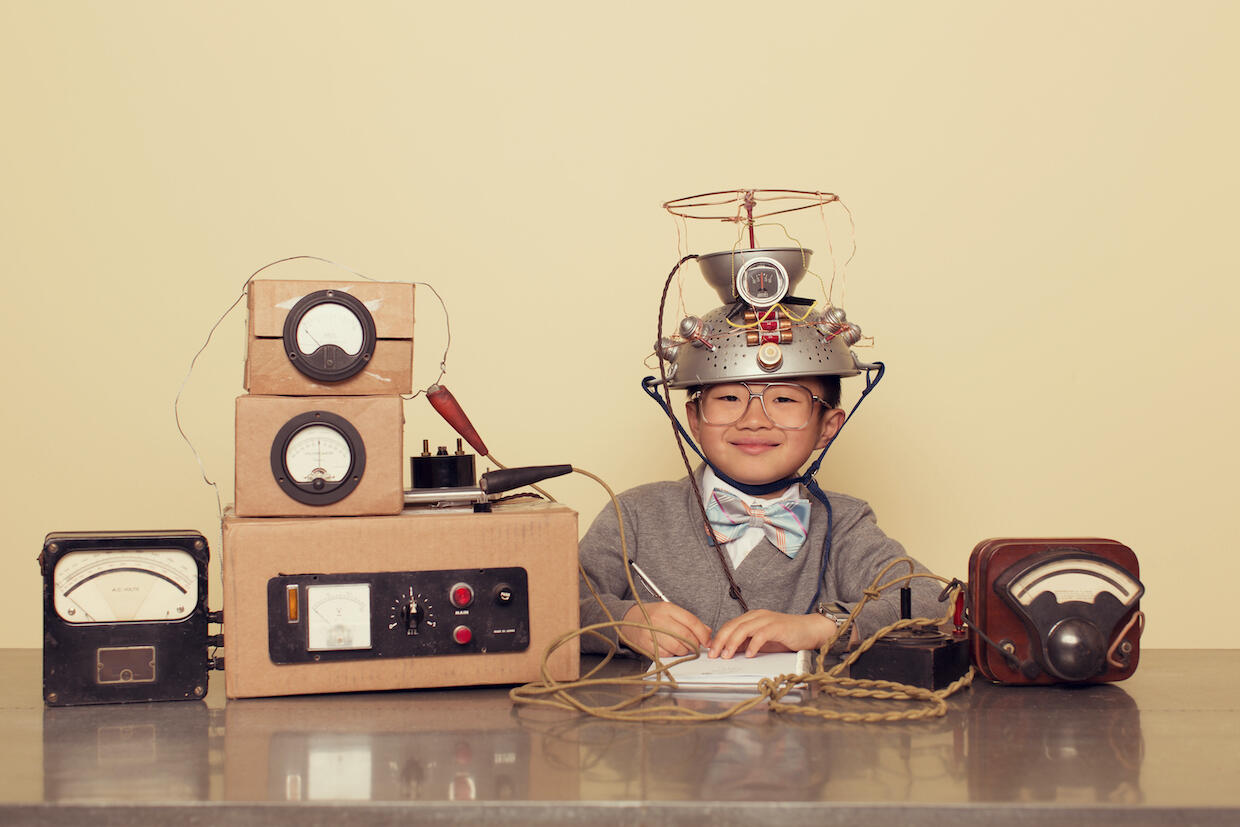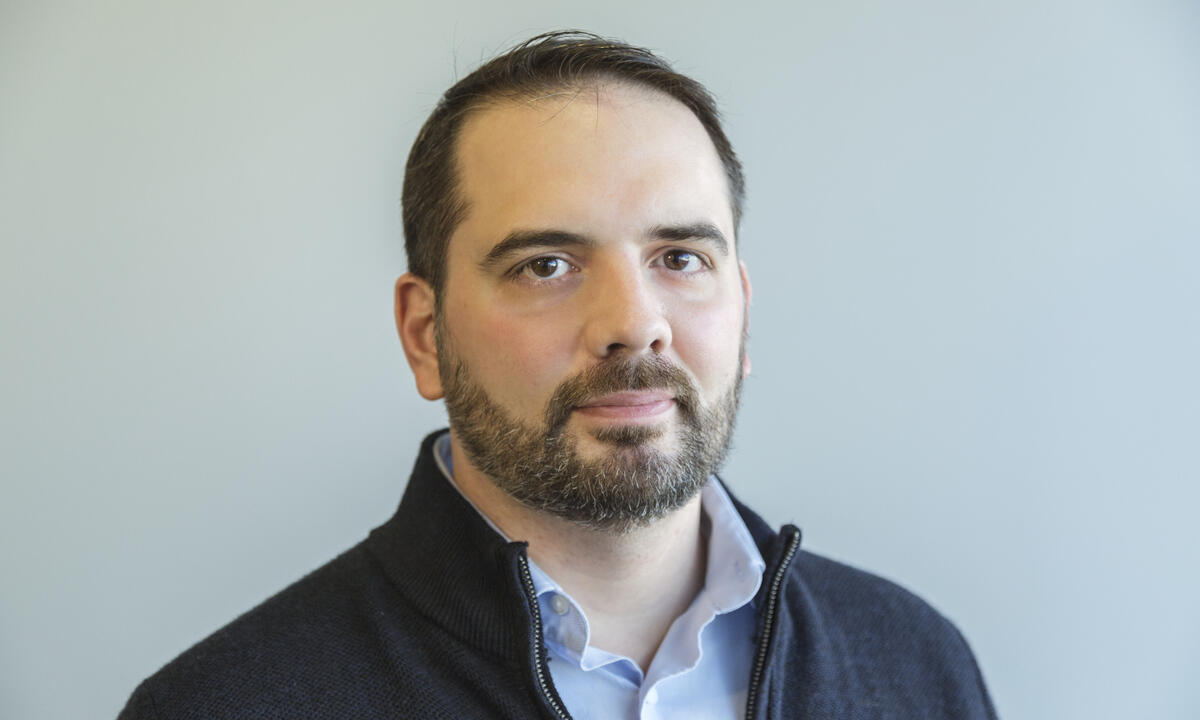
March 4, 2021
Imagine a word and … a device speaks?
A VCU engineering professor’s research is getting us closer to a world in which a computer can speak for people with speech disorders by “reading” their brain signals.
Share this story
For people with a complete loss of speech, such as patients with late-stage Lou Gehrig's disease, there are roadblocks between the signals being fired in their brain and the ability to voice their thoughts in words.
Virginia Commonwealth University biomedical engineering professor Dean Krusienski, Ph.D., is working with computer science researchers at the University of Bremen in Germany to find a way to overcome those barriers.
New technology, in the form of a speech neuroprosthetic to help users produce intelligible speech based on brain signals — in real time — could someday restore the power of communication to people with speech disorders.
Krusienski’s project to develop a speech decoding and synthesis system using brain signals is being funded by a $604,757, three-year grant from the Division of Information and Intelligent Systems in the National Science Foundation’s Directorate for Computer and Information Science and Engineering. Germany’s Federal Ministry of Education and Research is funding a companion project.
The efforts build on Krusienski’s previous work in developing approaches to directly synthesize speech from brain activity. “We are able to produce intelligible or semi-intelligible speech directly from brain activity,” he said. “When they’re talking, we can predict what the person has said or is saying from the brain activity.”
The goal is to help someone who cannot speak, Krusienski said. “Ultimately, we need to take the next step towards being able to produce it when they are attempting speech or imagining speech.”
“We are able to produce intelligible or semi-intelligible speech directly from brain activity. When they’re talking, we can predict what the person has said or is saying from the brain activity.”
In collaboration with neurosurgeons, Krusienski has been able to collect data from electrodes implanted on the brain surface and deeper within the brains of patients with severe epilepsy.
Tanja Schultz, Ph.D., a professor in the Department of Informatics/Mathematics at the University of Bremen, specializes in speech processing and automatic speech recognition.
“Bringing our expertise together is pretty unique, because now we can take these measurements of recorded speech and look at them in different ways,” Krusienski said of Schultz. “She could take her representations of speech and relate them to the brain activity that produces or perceives them.”

Krusienski is focusing on the processes behind what turns speech from the brain driving the vocal tract and speech articulators to the production of a natural acoustic waveform. “How can we computationally model how these signals ultimately end up relating to an acoustic speech waveform?”
One key to making this happen is to create a feedback loop without a perceptible delay for the user. If a user imagining or attempting speech can hear what the decoding and synthesis system is producing as it is happening, the user may be able to adapt to make it more accurate.
“We need to speed this process up so we can give them real-time feedback,” Krusienski said. “The real-time feedback also enables us to better investigate the imagined or attempted speech.”
Subscribe to VCU News
Subscribe to VCU News at newsletter.vcu.edu and receive a selection of stories, videos, photos, news clips and event listings in your inbox.










